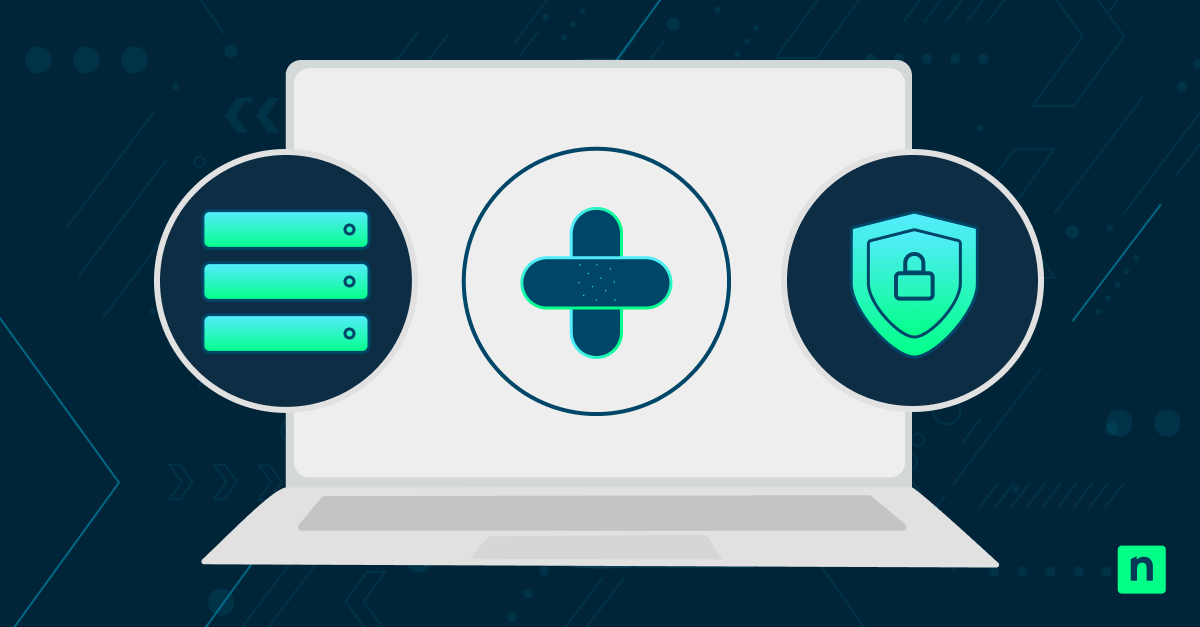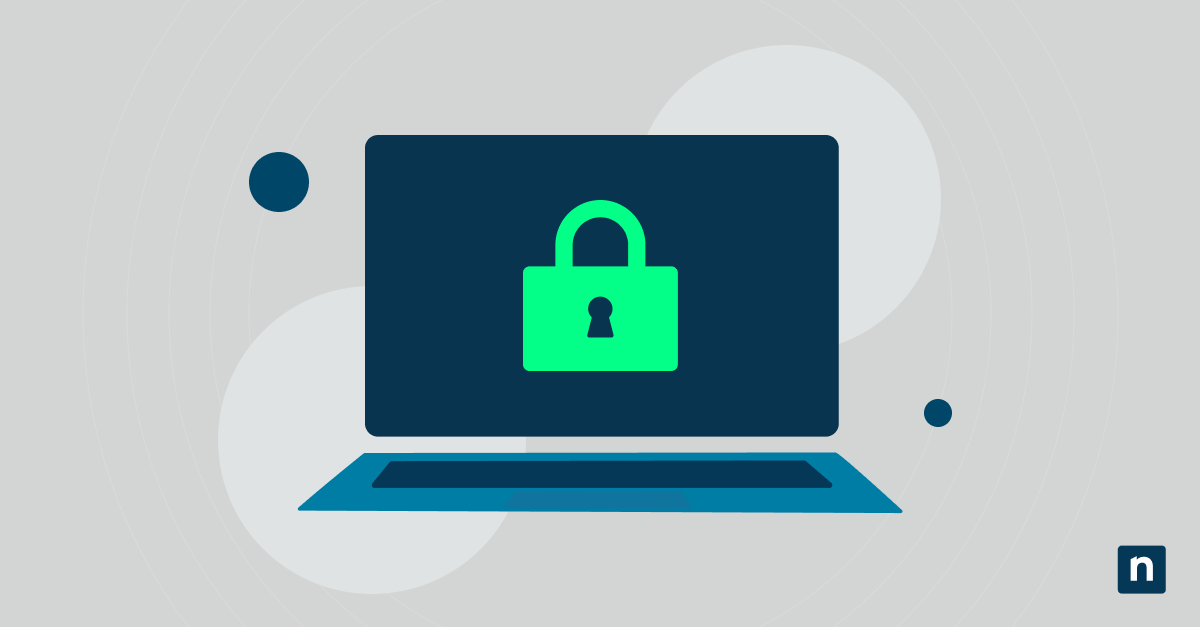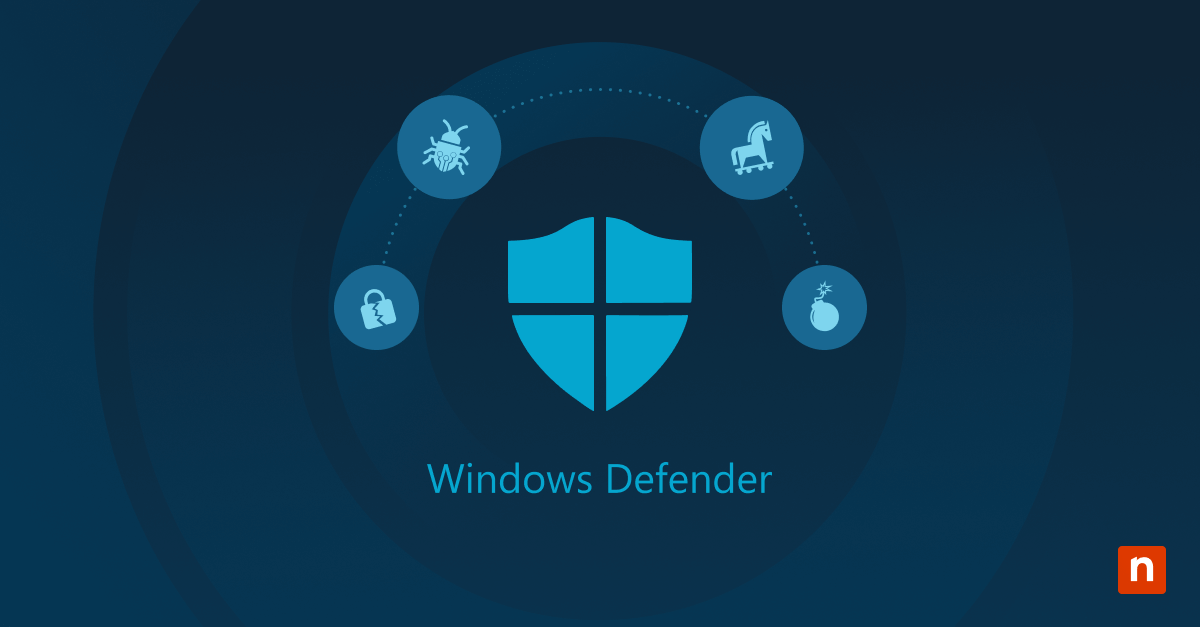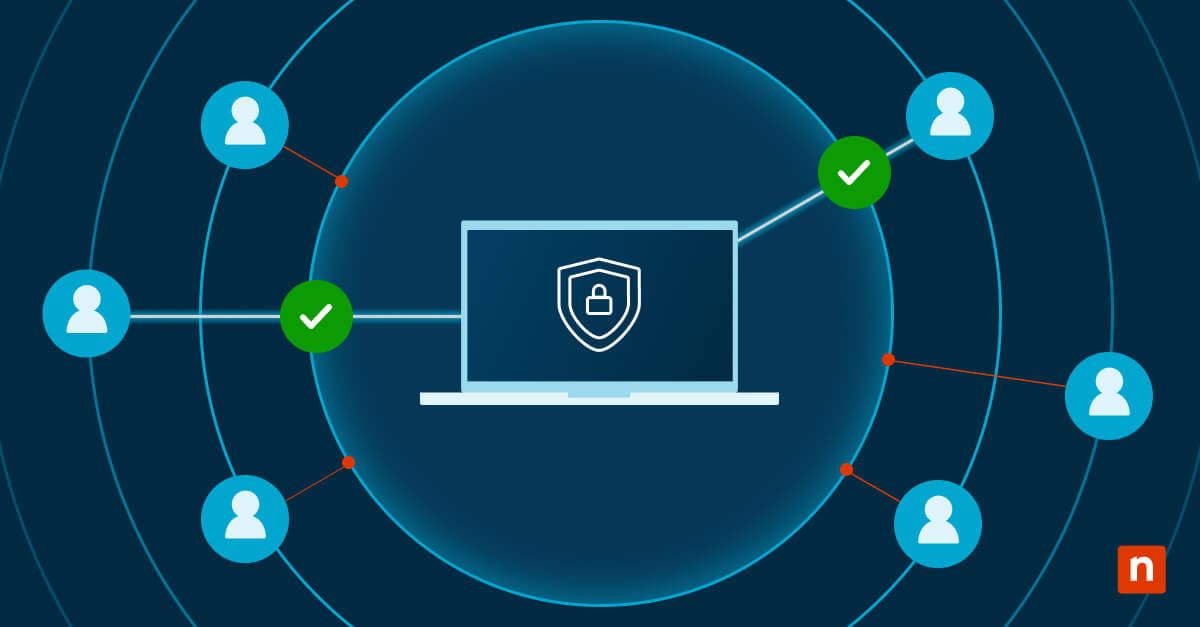Social engineering remains a significant and persistent cyber threat because it’s often easier for cybercriminals to exploit human vulnerabilities than to penetrate complex security software.
Attacking software networks requires cyber criminals to deeply understand the system’s environment and to exploit its weaknesses, which demands significant technical skills and resources. In contrast, manipulating you or someone else only requires an understanding of basic human behaviors such as greed, curiosity, or fear.
If they deceive the right person successfully, an attacker can gain unrestricted access to sensitive information, allowing their malicious activities to go undetected.
One of the more advanced and problematic types of social engineering is vishing.
What is vishing?
The simplest answer to the question “What is vishing?” is that it’s a clever combination of the words “voice” and “phishing.” Voice phishing, or vishing, is when an attacker calls your personal or business phone number to trick you into revealing sensitive information. Attackers often pretend to be from trusted organizations — including the company you work for — to gain your trust and steal data for financial gain or identity fraud.
This method is a significant concern in cybersecurity because it exploits human psychology, making it hard to detect it with traditional technical methods. Vishing is especially effective because a personal phone call can convey urgency and authenticity more convincingly than an impersonal email.
Voice phishing can cause immediate harm to your organization and negatively affect your long-term reputation. As your business continues to expand its digital presence, the importance and frequency of vishing attempts are likely to increase, highlighting the need for comprehensive security measures.
Primary targets of vishing attacks
Vishing attackers often focus their efforts on individuals within your company who hold critical roles with special access to sensitive information. While these attacks are prevalent across many industries, they are particularly common in high-risk sectors that handle a substantial amount of sensitive data. The primary goal for attackers is to exploit your authority and access or that of other high-profile targets, to conduct extensive fraud or orchestrate a data breach.
Primary vishing targets include:
- IT professionals who have access to technical infrastructure and network systems.
- Department heads with control over departmental data and decision-making processes.
- High-level executives who maintain broad organizational access and authority.
High-risk sectors targeted by voice phishing include:
- Financial services: Companies processing large financial transactions and storing sensitive customer data.
- Healthcare: Organizations with access to personal health information and other protected data.
- Government: Agencies maintaining control over confidential governmental operations and information.
The stakes are particularly high within your internal IT department, your managed service providers and other technology-related partners. These entities often control access to multiple client networks, presenting lucrative opportunities for cybercriminals aiming to maximize the reach and impact of their fraudulent schemes.
The ripple effects of these attacks extend beyond you, the immediate target, potentially harming a broad spectrum of stakeholders, including customers, partners and service providers. Understanding the typical targets and tactics used in vishing helps your organization enhance its defenses and better prepare to protect critical assets.
Real-world vishing examples
A prominent real-life vishing example is an attack that occurred when scammers targeted the developer platform Retool. The attackers posed as IT personnel and used SMS and voice calls to deceive an employee into providing multi-factor authentication details.
This security breach resulted in the compromise of 27 cloud customer accounts. It demonstrates the attackers’ high level of sophistication — they used advanced audio manipulation technology and extensive knowledge of the company’s internal processes to gain the employee’s trust.
Another vishing example was when attackers manipulated employees of a major corporation by pretending to be part of their legal team. They falsely informed the employees about a non-existent lawsuit that required immediate payment to avoid further legal action.
The attackers’ thorough understanding of the company’s legal and administrative procedures lent credence to their claims, prompting the victims to comply. These examples showcase the diversity and creativity of vishing attacks. You must be vigilant and educated to properly identify and prevent them within your organization.
What is vishing prevention and what does it look like?
Voice phishing prevention requires a comprehensive approach that includes the use of technology, employee training, and organizational policies to minimize risk. Effective strategies involve technologies like caller ID authentication and voice biometrics to verify the identity of callers and detect spoofing attempts.
Your organization should establish and enforce strict protocols for handling sensitive information over the phone to ensure requests are validated through multiple channels before any data is disclosed or actions are taken.
Another important step is to train employees to recognize and appropriately respond to potential voice phishing attempts. Conduct regular training sessions to educate employees about common tactics, such as creating a sense of urgency or using fear to prompt immediate action.
These sessions can also familiarize staff with the correct procedures for reporting suspicious calls, which helps quickly contain and minimize potential damage.
Exploring AI’s impact on the future of vishing
The progress of artificial intelligence (AI) has greatly impacted the development of vishing attacks and their corresponding defenses. AI technologies enable attackers to create more sophisticated and convincing scams, such as generating artificial voices that can emulate familiar contacts of the victim. This advancement heightens the effectiveness of vishing by blurring the line between fraudulent communications and genuine ones.
As AI becomes smarter, so does its potential to craft precisely targeted and personalized vishing campaigns. This poses an escalating challenge to both individuals and organizations.
On the other hand, AI also provides powerful tools that can bolster cybersecurity defenses used in voice phishing prevention. You can use AI-driven systems to examine call patterns, voice biometrics and other cues to identify abnormal or questionable activities. These systems can then notify users or automatically block fraudulent calls, significantly diminishing the likelihood of successful attacks.
Continuous enhancements in AI technology are likely to result in more robust and adaptable security solutions that can keep up with the increasing sophistication of vishing techniques. Both the threat and its defenses will continue to be significantly influenced by advancements in AI.
Key strategies to guard against vishing
Effective voice phishing prevention requires your business to take a proactive and comprehensive approach to cybersecurity. Important strategies include educating employees about what vishing is and its risks, as well as establishing clear and secure communication protocols to minimize opportunities for fraud.
Additionally, your business should invest in advanced security technologies for real-time monitoring and detection of suspicious call activities. Integrate these tools into a broader security framework to effectively address various threats.
Creating a culture of security within your organization is also vital. Employees should feel empowered and responsible for maintaining security while recognizing the impact of their actions on personal and corporate data. Regular drills and simulations of vishing scenarios can strengthen training and ensure that employees are prepared to handle real attacks effectively.
By remaining vigilant and adapting security measures to counter new vishing tactics, your business can safeguard its assets and stakeholders from the harmful effects of these attempts.
Strengthen your defense against vishing with NinjaOne
Vishing attacks exploit the unpredictability of human interactions, making them a significant concern for every organization. Don’t rely solely on any single security measure to combat these sophisticated threats.
That’s why NinjaOne provides a comprehensive suite of security tools designed to enhance your organization’s resilience. Our continuous monitoring and advanced threat detection capabilities equip your team to identify and respond to vishing attempts proactively.
Embrace NinjaOne’s holistic approach to security and learn how you can fortify your defenses against the evolving landscape of voice phishing attacks with NinjaOne’s endpoint security tools.








